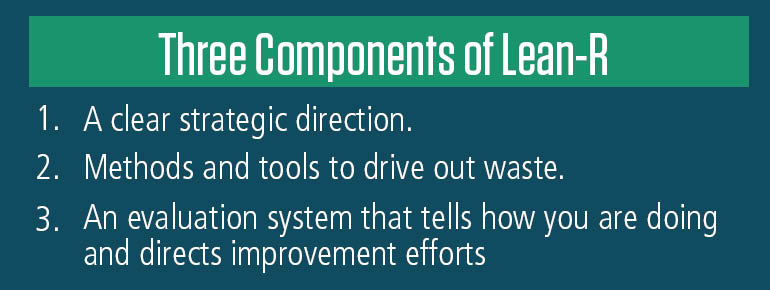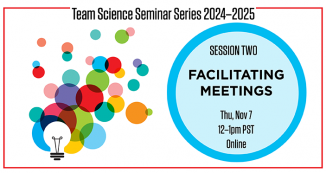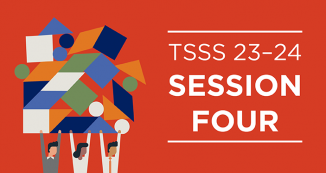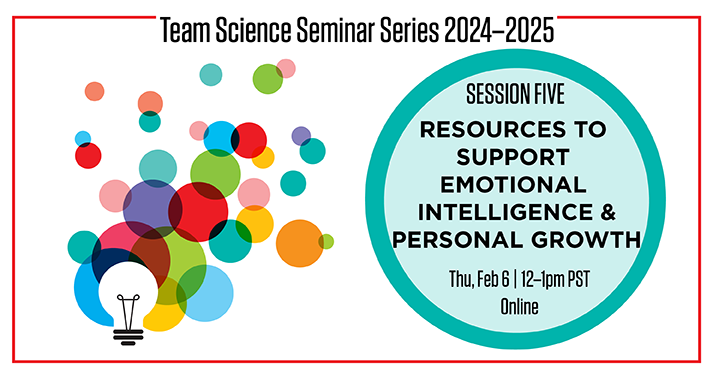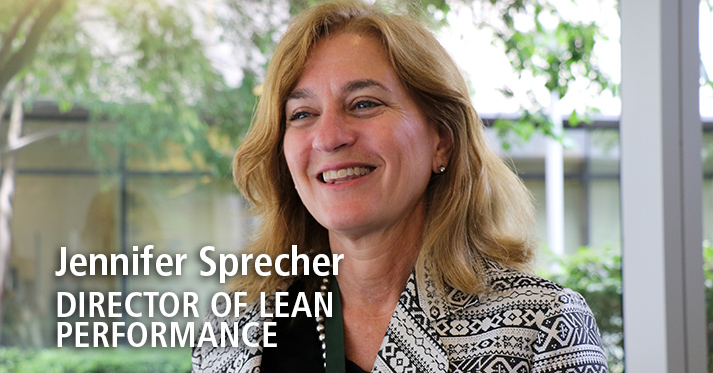
27 Jul Meet Jennifer Sprecher, Director of Lean Performance for ITHS
Jennifer Sprecher is the Director of Lean Performance for the Institute of Translational Health Sciences. She works with the Institute’s internal and external team members to develop strategic plans and implement process improvement and aligned and prioritized initiatives.
We sat down with Sprecher to learn more about her work at ITHS and how to incorporate Lean into our everyday work.
Tell us about your work as the Director of Lean Performance for ITHS.
There are three areas I focus on: strategic planning, process improvement, and measurement.
Strategic planning is about gaining clarity around what you do, what is within the scope of work you want to pursue, and what is not.
It is equally about what you are not going to do as what you are going to do. Strategic planning allows organizations to really focus in so that they can gain significant accomplishments at the end of the day. Otherwise, they feel like they have been bombarded with requests. They run the risk of not having a clear way of determining what they will work on and what they won’t.
The second area is process improvement work. I work with groups to help them do a couple of different things. Sometimes we focus on how to organize work so that it flows more smoothly and efficiently. Often these are work processes that span different groups or departments, requiring teams that can represent knowledge of the whole process. This type of work is fun because people have the opportunity to see (sometimes for the first time) exactly how their work is being used. It is not unusual to find that that a piece of work which was so cumbersome to prepare is not actually needed. The entire process can then flow much smoother. Waste comes in different sizes and shapes, so you have to really think about it: are you waiting for information, are you continually searching for information, does there seem to be redundancy, do you spend time fixing errors, all of these are forms of waste. Then there is the everyday process improvement, which deals with “How do we manage our daily work that’s coming in? How do we manage it most effectively? How do we ensure we have the skillsets that we need to have?” This work offers the opportunity to improve the individual work one is doing.
The third area is measuring the effectiveness of what we are doing. That measurement feeds directly into continuous improvement. If your measures are going in the wrong direction, what are you going to do? If they are going in the right direction, how do capitalize on that and ensure they continue to go in the right direction and maybe apply the same learnings to another area?
How do people know they have a problem when they come to you? Are they just frustrated and looking for solutions?
Yes, sometimes they are frustrated. Sometimes someone has an idea. They will come to me and talk to me about their idea. We try to get back to what problems people are trying to solve, so we can be sure we are addressing the root cause and not just putting a Band-Aid on something. Sometimes they know what they want to do but are nervous that the past ways may not get them there.
It sounds like Lean is not a one-and-done approach. How can people adopt a mindset of continuous growth and improvement?
To me, it goes back to what I call the Lean core concepts. It is probably the most difficult part of Lean as a whole. It has a lot to do with leadership. When we are in the ITHS steering committee meetings, you will hear Dr. Bonnie Ramsey [co-Principal Investigator of ITHS] occasionally say, “I am not clear who we are doing this for.”
Those types of ongoing questions, basically “Who is our customer? and What are we doing this for?”, are a core concept of Lean. People aren’t even aware of it. They don’t hear it and think “Oh, that’s Lean.” They hear it and say, “Oh that’s true. We should be thinking about who our customers are.”
The daily work is probably the easiest way to embed it—holding huddles and stand-up meetings either daily or weekly and asking about results and how to improve. That sort of reinforcement on a regular basis helps.
Another thing is the work that Dr. Rachel Boren [Director of Evaluation for ITHS] and Dr. Charbel El Bcheraoui [Assistant Professor at the UW’s Institute for Health Metrics and Evaluation] are doing. They are creating scorecards, dashboards, and a strong evaluation plan. The whole purpose is to allow you to actually do the evaluation to determine if you are making progress. Having a plan in place and evaluating it leads right into improvement. They feed each other. One does not work well without the other.
What are some of the challenges in implementing Lean?
Changing culture is not easy. At the end of the day, we have these core concepts of process improvement: working in teams, using data, focusing on the process, always wanting to improve and focusing on the customer. Those concepts are great, but getting those embedded so that you are thinking about those things every day is a challenge. Getting people to think, “Okay, I have a bajillion things coming at me today, but this one thing is coming at me a lot. I need to start improving this, so I can begin becoming more proactive about this.” That cultural change is the biggest. When referring to the necessary culture change, Dr. Ghallager, who recently joined ITHS, refers to creating an environment where it is safe to challenge. By that he means a culture where we can question the status quo and raise ideas and suggestions.
What are some Lean principles that people can easily incorporate into their work?
Look at where you are spending a lot of time being reactive or fighting fires. It may be daily or a couple times each week. How can you improve that one thing? How do you take something that is within your span of control and change and improve it? What would be the ideal process to reach the end deliverable? How can you change one thing about this process to bring it closer to that ideal? What kind of waste is occurring? Maybe it is lost opportunity or it is a time suck. Whatever it might be, how do you take those ideas that you have and change your life? You don’t have to live with the frustration. You can actually work with others and make the change.
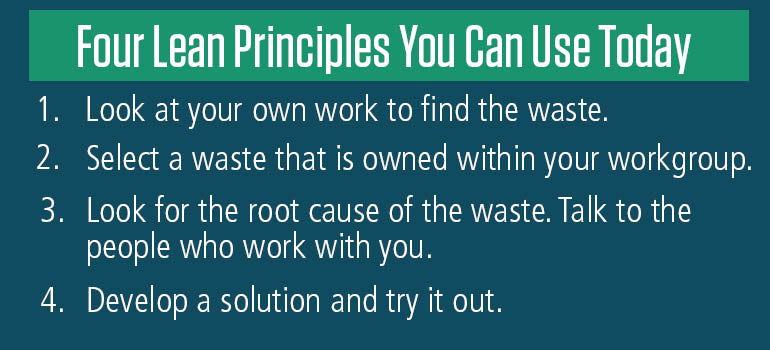 That’s why I really love working with Lean. At the end of the day, Lean improves our outcomes as an organization. At ITHS, that means people benefit every time we are able to help accelerate research discoveries to clinical practice.
That’s why I really love working with Lean. At the end of the day, Lean improves our outcomes as an organization. At ITHS, that means people benefit every time we are able to help accelerate research discoveries to clinical practice.
The other rewarding thing is that people are able to change their work. Begin by identifying something that is within your span of control. If you want help in trying to figure out how to resolve it, talk to me. I am more than happy to help.
How do people contact you if they are interested in learning more about Lean and how you can potentially help?
They contact me through the ITHS website. I can help with anything from ‘I think we can improve the front door access to this service to ‘I am starting a center. What do I need to do?’ They can be very small to very large.




